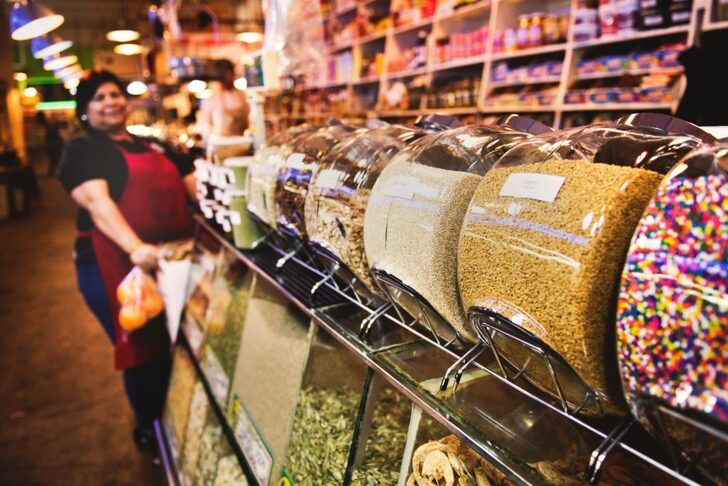In this article Camfil Food and Beverage Segment Leader Jordan Bettencourt, shares his insight on the confectionery manufacturing industry, highlights pain points in candy production, and offers strategies for mitigating various challenges.
Confectionery manufacturing, or the production of sugary treats, is a profitable sector in the food and beverage industry. In 2020, the global market size was approximately $265 billion CAD1. To create confections like chocolate, gum, and candy, key ingredients such as sugar and cocoa are required.
While these ingredients are largely to thank for great taste, they can create big problems in manufacturing plants. This is also true of most other powder applications in the food and beverage industry due to the vast amounts of dust that can be released. Not only this, other issues can arise that necessitate high quality clean air solutions.
What is the Confectionery Manufacturing Process in Canada?
To understand how possible challenges can be detrimental in confectionery manufacturing, it is first necessary to break down the entire process. Although the manufacturing process can vary per application, the concept of candy making at a high level involves transporting sugar or sugar substitutes and dissolving it in a liquid to form a sticky syrup. The syrup is then boiled until caramelization occurs2. The process of chocolate production is executed differently, however ingredient and powder transferring are still involved.
Full Story: https://cleanair.camfil.ca/challenges-in-confectionery-and-powder-applications-resource-by-camfil-ca/
Media Contact:
Camfil Canada Inc.
F: Follow Camfil Canada on Facebook
L: Follow Camfil Canada on LinkedIn
T: Follow Camfil Canada on Twitter

